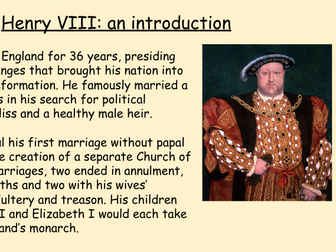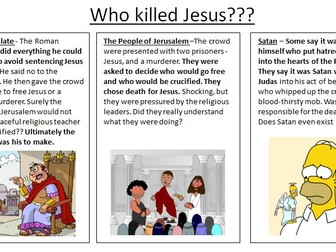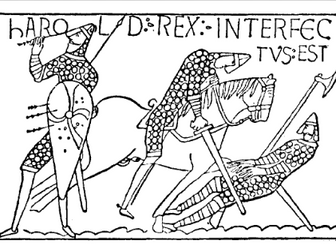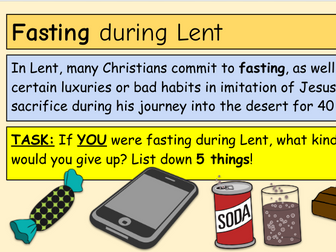Thomas Wolsey Fun Multiple Choice Game [Henry VIII & His Ministers]
<p><strong>This is a fun multiple choice game task for a class new to the topic of Henry VIII & His Ministers</strong>, specifically the life, tenure, and times of Thomas Wolsey, who was High Chancellor, Legate, and Cardinal to King Henry. Also known as ‘Alter Rex’ (Other King) due to his significant power in office.</p>
<p><strong>How does the game work?</strong> The game is based on Thomas Wolsey, the player or players are expected to roleplay Wolsey’s decisions and choose the best decision for each scenario. There are seven scenarios.</p>
<p><strong>Detailed and interesting questions:</strong> The game has seven detailed questions which are to be printed on a worksheet (one each or one between two) for pupils/students to circle the number corresponding with their chosen answers.</p>
<p><strong>Fun intro to the topic in history:</strong> The game is intended to be a fun introduction for those unaware of Thomas Wolsey’s life events. It mixes fictional and non-fictional elements, all of which are kept in the context of his officiation under Henry VIII.</p>
<p><strong>Will build curiosity and interest in the subject:</strong> The aim of the activity is, as a primer, to build interest and curiosity about the historical subject material and be an effective solo, pair, or group task. ‘Gamifying’ learning can yield benefits in how a class connects with the subject material.</p>
<p><strong>What’s included?</strong></p>
<p><strong>Full PowerPoint:</strong> A full colourful and detailed PowerPoint to display the questions at the front of the class.</p>
<p><strong>Detailed questions that are in the context of the period:</strong> All the questions have been designed to be based on the types of challenges Wolsey faced whilst in office - with an average of three possible solutions to choose from, some ‘solutions’ are better than others, in terms of points!</p>
<p><strong>Full detailed answers:</strong> Answers are included with detailed explanations for each possible decision - with a points tally at the end and points ranges denoting how successful the player has been.</p>
<p>The task would best suit those in Secondary Level education in England at KS3 level with little to no prior knowledge of Thomas Wolsey, particularly his time serving under Henry VIII (1509-1530).</p>
![Thomas Wolsey Fun Multiple Choice Game [Henry VIII & His Ministers]](https://l.imgt.es/resource-preview-imgs/243586bb-efa8-4310-b1de-35dd04a575c5%2FScreenshot20240814210504.crop_608x456_163%2C0.preview.png?profile=res-img-med-legacy-v2)



